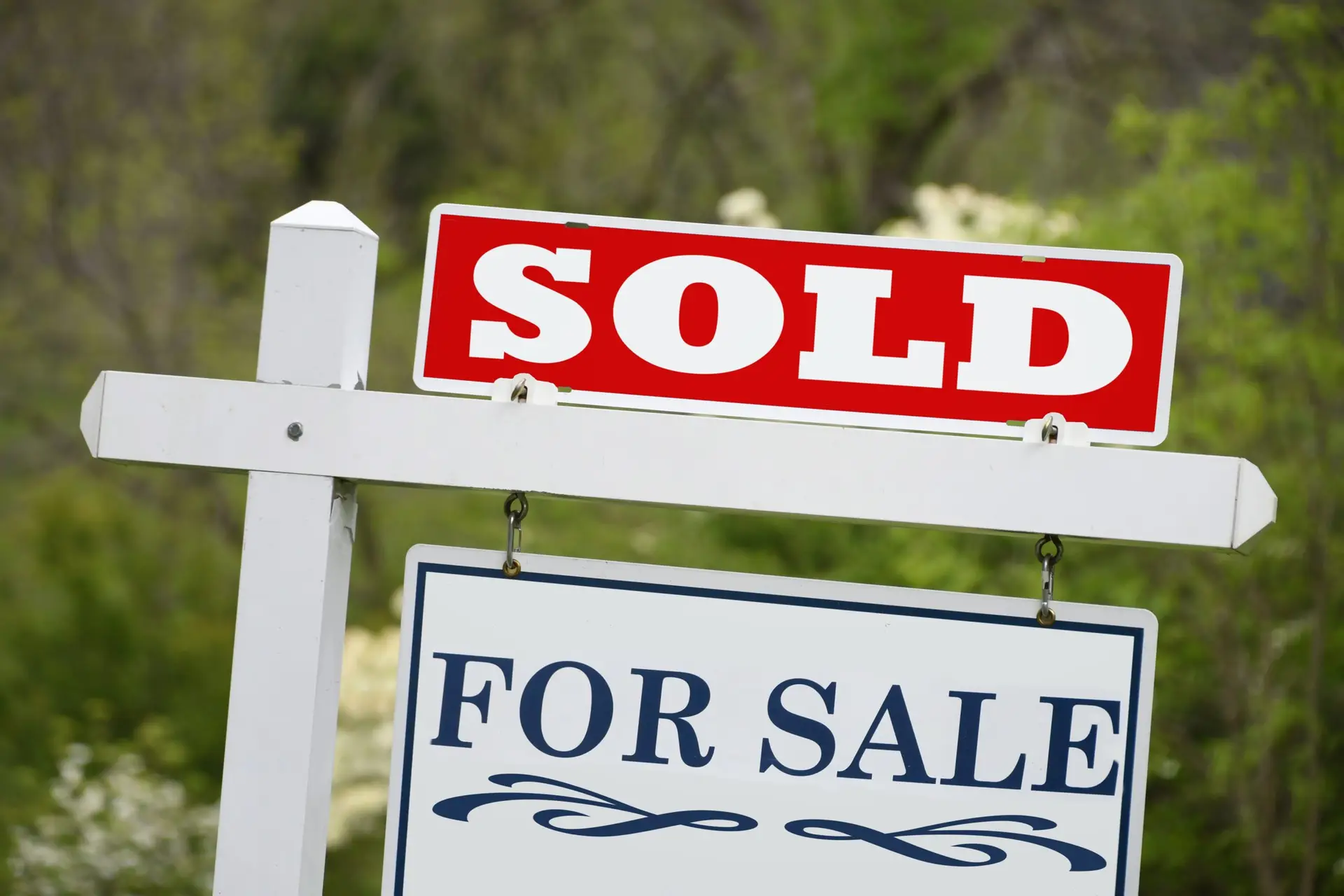Encroachment is a term often used in the world of land surveying. What exactly does it mean? Essentially, encroachment is surpassing property boundary lines and encroaching on someone else’s property without permission. Oftentimes encroachment is an issue in subdivision and HOA communities where common ground areas exist.
Common ground areas are those existing in neighborhoods for the use of everyone. They are meant to provide additional space and many times a specific benefit, such as recreation. The issue that arises many times is the surrounding property owners can be unaware or even blatantly misuse the common ground.
Understanding your property is important no matter where you live, but especially if you’re bordering a common ground area of your neighborhood. One of the best places to start if you are one of these bordering properties is to take a look at the HOA restrictions. What are you allowed to do and not to do in this specific spot of the neighborhood? It’s important that you adhere to these regulations.
Here are a few things to be aware of for bordering properties:
Vegetation:
Many homeowners enjoy planting gardens to enjoy in their back yard. Over time, gardens grow and take up more space. If a property owner plants a garden that eventually encroaches onto the common ground area, HOA could deem this as an infraction, requiring the garden to be removed from the area.
Property owners should also be aware of other vegetation such as trees, bushes, or even other landscaping items such as pathways. These must remain on the individual property and not overreach into the shared space.
Permanent Structures:
Pools, sheds, playsets, and retaining walls all fall into the “permanent structures” category. These items should be carefully placed inside the boundary lines of the individual property.
Another important structure to consider is fencing. Many times fences will be placed in order to separate the common ground area from the individual property, however, boundary lines still have to be considered. The fencing must be placed completely on the individual property and not stretch into the common area at any section. If the fence is built completely within certain property lines, then this is a great way to ensure that encroachment doesn’t take place, even by accident.
If you live in a neighborhood that offers common ground areas for you to enjoy, it’s important to know, understand, and comply with the specific HOA rules that go along with that space. This will ensure that no accidental encroachments or other mishaps take place.
If you need professionals to help you determine property lines, give us a call. EDG Alabama is ready to help!



